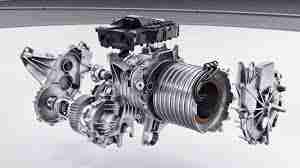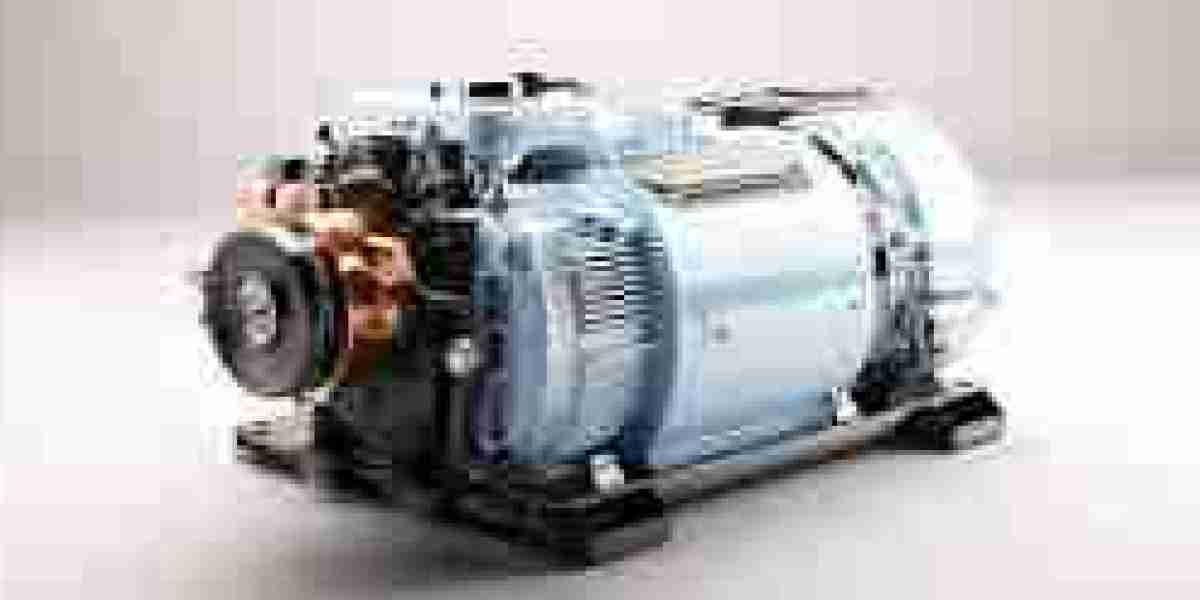The electric vehicle motor market is at the heart of the global transition toward clean and sustainable mobility. With rising electric vehicle adoption across the globe, the motor—arguably the most critical component of an EV—is witnessing growing demand, innovation, and competition. As automakers aggressively electrify their fleets and governments enforce strict emissions regulations, motor manufacturers are navigating an increasingly competitive environment shaped by performance requirements, cost pressures, and technological evolution. This article explores a detailed competitive analysis of the electric vehicle motor market, highlighting major players, strategic moves, and market dynamics.

Industry Overview and Competitive Landscape
The electric vehicle motor market is fragmented yet rapidly consolidating, with several key players dominating high-volume production while numerous startups and specialized firms contribute niche innovations. The competitive intensity is shaped by technological differentiation, production scalability, cost efficiency, and global reach. Companies are investing in proprietary technologies, expanding production capacities, and forming strategic partnerships to strengthen their foothold in a fast-growing market.
Global leaders in the EV motor segment include established automotive suppliers such as Bosch, Nidec Corporation, Mitsubishi Electric, and Continental, alongside new-generation players like Tesla and Rivian, which have developed in-house motor technologies. Additionally, Chinese manufacturers such as BYD and XPT (a subsidiary of NIO) have become formidable competitors, driven by China's strong domestic EV market and government-backed industrial policies.
Key Competitive Factors
Several factors define the competitiveness of players in the EV motor market:
1. Technological Innovation
Technological prowess is a primary driver of competitive advantage. Manufacturers are racing to develop motors with higher power density, improved thermal management, and lower material costs. Innovations in permanent magnet synchronous motors (PMSMs), axial flux motors, and switched reluctance motors (SRMs) have become battlegrounds for differentiation.
Tesla, for instance, has pioneered the use of internally developed electric motors that integrate efficiency with scalability. Other players are focusing on reducing reliance on rare-earth materials to overcome supply chain vulnerabilities and cost fluctuations.
2. Vertical Integration
Companies that control both upstream and downstream segments of the supply chain are gaining a strategic edge. Vertical integration allows for better cost control, improved quality assurance, and quicker innovation cycles. For example, some EV manufacturers are now producing their own motor systems in-house to optimize integration with their vehicle platforms.
3. Manufacturing Scale and Cost Efficiency
The ability to manufacture at scale while maintaining cost competitiveness is critical. Nidec, one of the world’s largest motor manufacturers, has leveraged its extensive production network and automation to offer cost-effective solutions for a broad customer base. Companies operating in low-cost regions with mature manufacturing ecosystems often hold a pricing advantage.
4. Strategic Alliances and OEM Partnerships
Forming alliances with original equipment manufacturers (OEMs) and EV startups is essential for sustained market presence. Suppliers that secure long-term supply agreements with automakers often benefit from predictable revenue streams and product development collaboration. These partnerships also enable faster time-to-market and deeper integration into vehicle architectures.
Regional Competition
Asia-Pacific
Asia-Pacific, particularly China, is the most competitive and largest regional market for EV motors. Domestic giants such as BYD and Huawei-backed electric motor divisions dominate the local landscape. Japan and South Korea, home to global motor manufacturers like Mitsubishi Electric and Hyundai Mobis, maintain strong positions through technological sophistication and established global networks.
Europe
In Europe, the push toward electric mobility is driven by climate policies and automotive innovation. Companies like Siemens and Continental are key players in the region, known for engineering excellence and deep collaboration with European automakers. Additionally, many European startups are introducing specialized motor designs targeting specific use cases such as e-scooters and compact EVs.
North America
The North American market, led by companies like Tesla and emerging manufacturers such as Lucid Motors, is becoming increasingly competitive. While domestic suppliers are expanding capabilities, many rely on partnerships with Asian or European motor specialists. The U.S. government’s focus on building a localized EV supply chain is expected to boost domestic motor production and reduce dependence on imports.
Barriers to Entry and Challenges
Despite the market's high growth potential, several barriers limit new entrants:
Capital Intensity: Developing and manufacturing EV motors at scale requires significant capital investment in R&D, tooling, and automation.
Technical Expertise: High precision and performance standards demand deep engineering capabilities and experience.
OEM Loyalty: Established suppliers with proven reliability and long-standing relationships with automakers are difficult to displace.
Regulatory Compliance: Meeting international safety, efficiency, and environmental standards is a complex and evolving requirement.
Future Outlook and Strategic Moves
The competitive landscape is expected to intensify over the next decade. As the market matures, companies will focus on:
Smart Motors: Integration with vehicle software systems for better performance monitoring and predictive maintenance.
Modular Designs: Motors that can be easily adapted across different vehicle platforms.
Sustainability: Eco-friendly production and materials that align with global ESG goals.
Aftermarket Services: Expanding into maintenance, diagnostics, and lifecycle support to create recurring revenue streams.
Mergers, acquisitions, and joint ventures are likely to increase, as companies aim to scale faster, access new technologies, and enter untapped markets.
Conclusion
The electric vehicle motor market is a dynamic, innovation-driven space defined by intense competition, rapid technological evolution, and strategic realignment. As demand for electric vehicles continues to grow, so does the need for efficient and reliable motors. Companies that succeed will be those that invest in cutting-edge technologies, build strategic partnerships, and scale their operations efficiently.
With clear signs of consolidation and increasing regional competition, the EV motor market is not just expanding—it is transforming. For businesses in the space, understanding and responding to the shifting competitive dynamics will be essential to securing long-term success in this critical segment of the electric mobility revolution.




